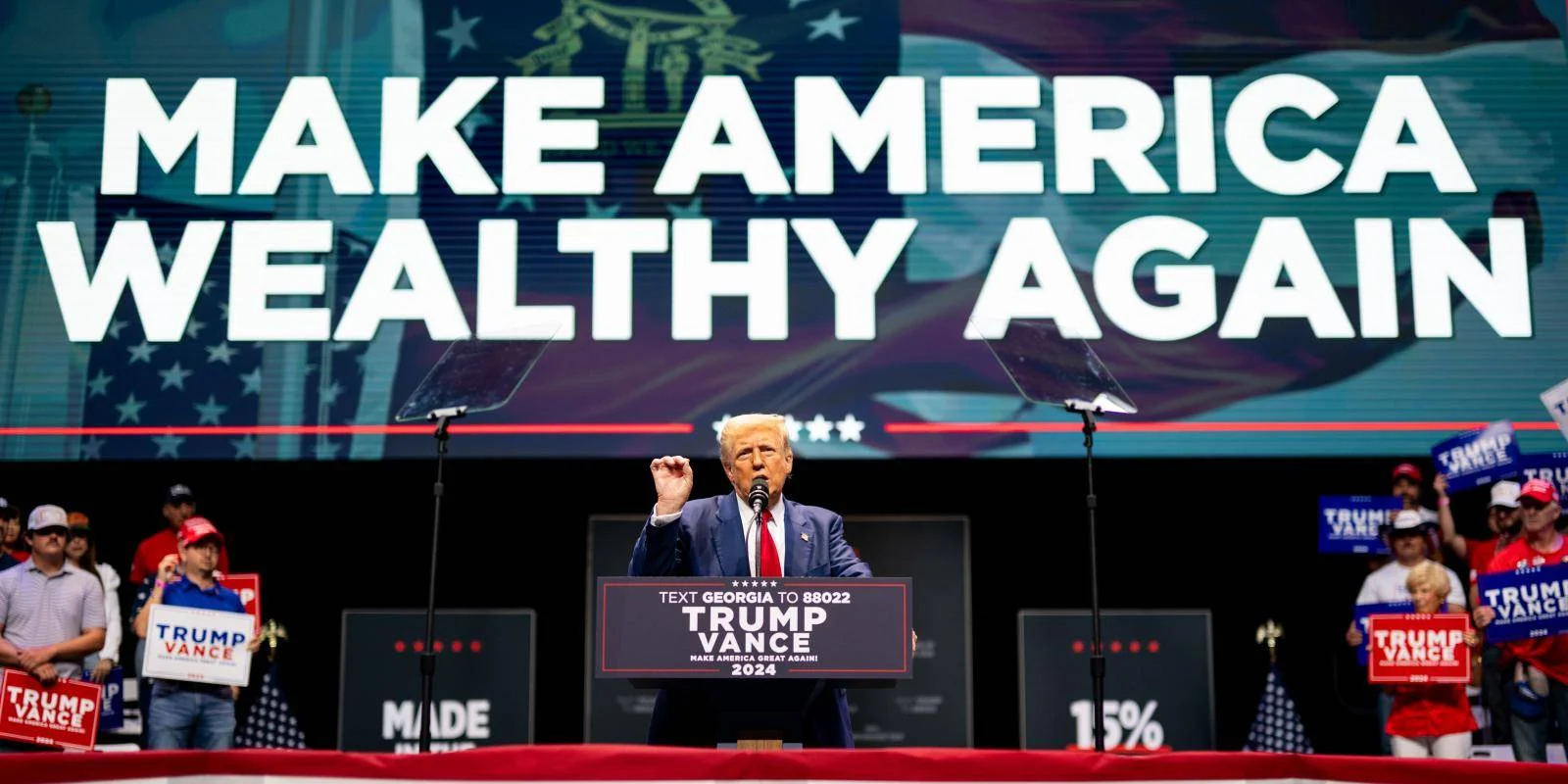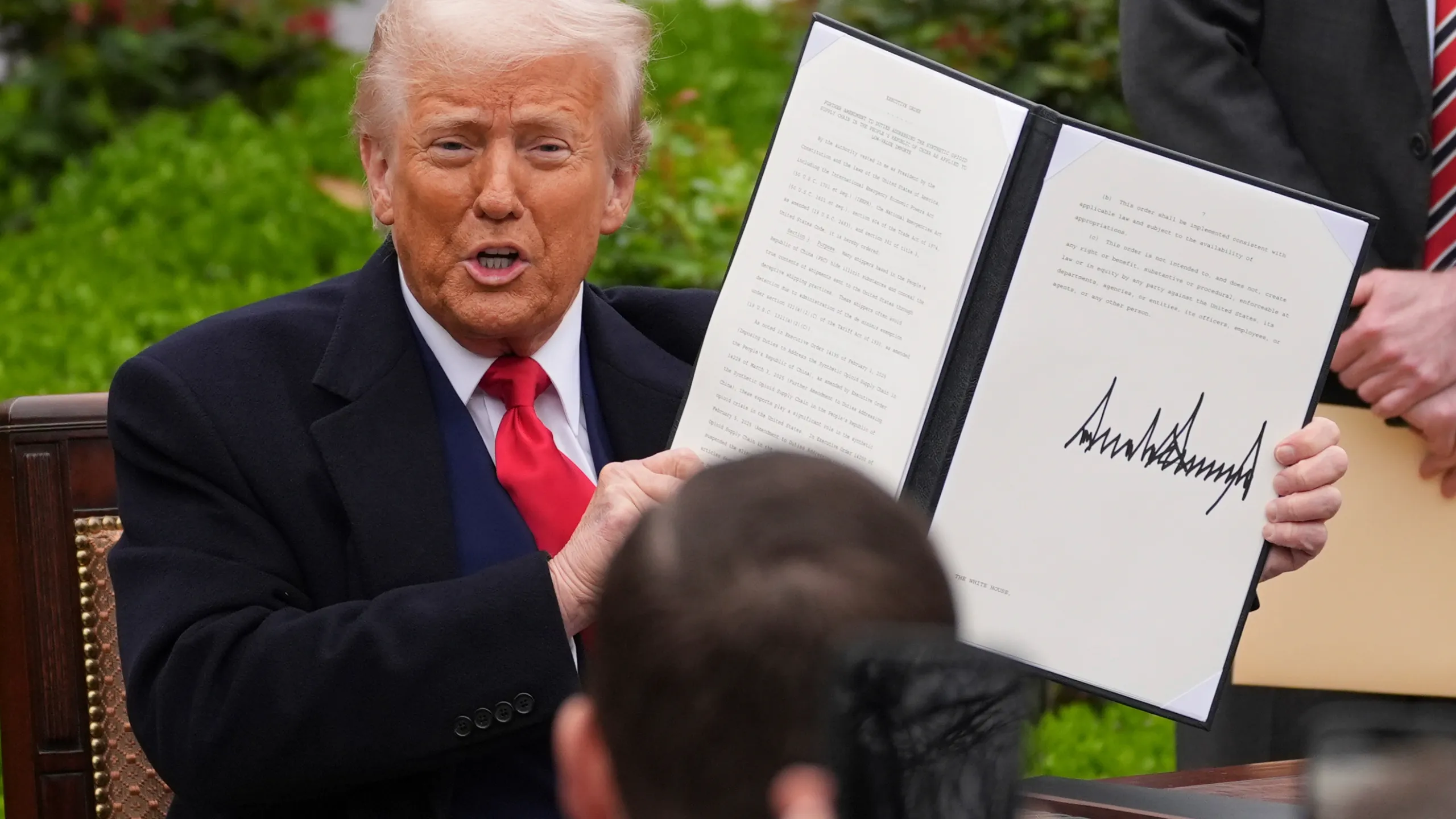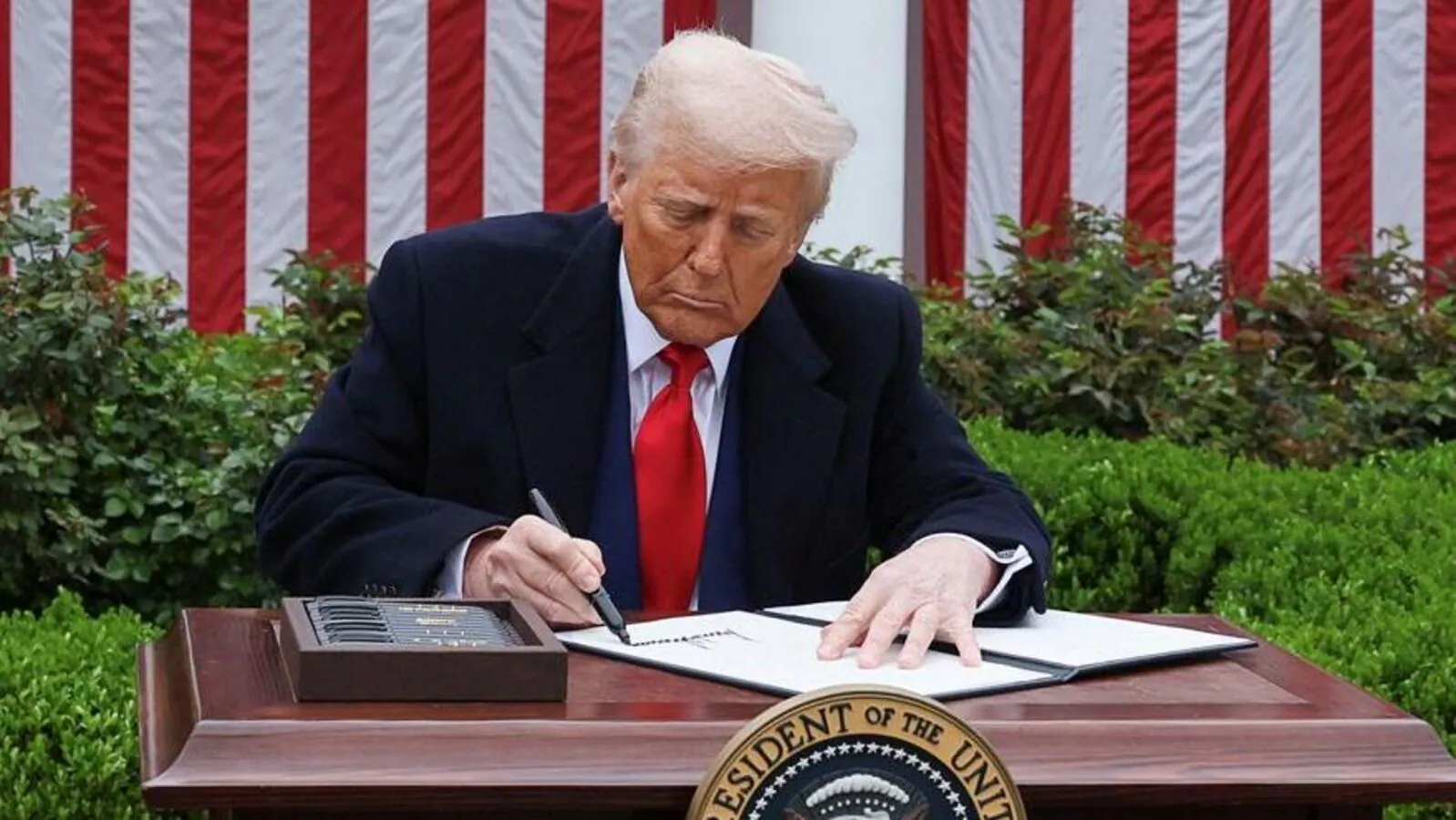
In recent years, trade policy has become a central theme in shaping the economic landscape of the United States. Under the leadership of Donald Trump, the approach to tariffs transformed from traditional trade barriers to a strategic weapon aimed at revitalizing America’s economic strength. With the bold assertion that tariffs are “Making America great and rich again,” President Trump has championed a protective stance on trade, emphasizing the importance of safeguarding domestic industries and rebalancing international trade dynamics.
This move has triggered a series of live updates, public debates, and global reactions, all vying to understand the implications of these policies. As reported by the Times of India and other reputable sources, the administration has actively used tariffs as leverage, promising economic gains and national security improvements. But what is the deeper story behind these tariffs, and do they truly serve to boost American wealth and greatness? Let’s explore this in detail.
The Rationale Behind Trump’s Tariff Policies
Donald Trump’s tariff strategy centers around protecting US industries that have been perceived to suffer from unfair foreign competition. The core principles include:
- Reviving Domestic Manufacturing: Imposing tariffs on imported goods from countries with cheaper labor costs aims to make American products more competitive.
- Reducing Trade Deficits: By discouraging imports through tariffs, the US hopes to balance its trade relationships.
- Addressing Trade Imbalances: Targeting specific nations, particularly China, to renegotiate trade agreements that have historically favored foreign economies at America’s expense.
- Enhancing National Security: Less reliance on foreign imports, especially in critical sectors like steel, aluminum, and technology, aims to bolster national security.
The Impact of Tariffs on the American Economy
Positive Aspects of Trump’s Tariffs
Proponents argue that the tariffs have already begun to show promising signs, including:
- Protection of Key Industries: US steel and aluminum producers have experienced increased demand, helping safeguard jobs and sustain local manufacturing.
- Stimulating Domestic Production: Tariffs incentivize companies to produce locally rather than rely heavily on imports, potentially leading to a boost in employment.
- Negotiating Power in Trade Talks: The threat or implementation of tariffs has often been used as leverage to renegotiate trade agreements favorably for the US.
Challenges and Criticisms
However, critics highlight several concerns regarding tariffs and their long-term effects:
- Higher Consumer Prices: Tariffs often lead to increased costs for goods, which consumers have to bear, reducing purchasing power.
- Retaliation and Trade Wars: Countries affected by tariffs may impose their own tariffs, sparking retaliatory measures that can hurt exports.
- Global Supply Chain Disruptions: Many US companies depend on international supply chains; tariffs may increase costs and disrupt operations.
- Market Uncertainty: Frequent tariff announcements can create volatility in financial markets, deterring investment.
Global Reactions and the Economic Ripple Effect
The global community has closely watched the US’s aggressive stance on tariffs. Countries like China, the European Union, and Canada have responded with countermeasures, which have in some cases led to trade tensions and uncertainty. The live updates from news outlets like the Times of India indicate that these measures have influenced not only international relations but also global markets.
Furthermore, some emerging economies worry about dependence on US trade policies, fearing that escalation could damage their own economic stability. On the other hand, US allies are pushing for fairer trade terms and some have engaged in negotiations to find middle ground.
The Underlying Strategy: Making America Wealthy Again
Behind the rhetoric of making America “great & rich again,” there is an underlying strategy to reshape trade relationships and ensure the US remains a dominant economic power. This includes:
- Reclaiming Manufacturing Jobs: Tariffs are seen as a tool to bring back jobs lost to overseas competitors, particularly in industries like steel, automobile manufacturing, and technology components.
- Enhancing Trade Negotiations: With tariffs as leverage, the US aims to re-negotiate treaties to secure better terms regarding tariffs, intellectual property, and market access.
- Fostering Self-Reliance: Reducing dependency on foreign nations, especially for critical resources, is viewed as vital for national resilience.
Looking Ahead: Are Tariffs a Sustainable Path?
The question remains whether this approach will sustain long-term prosperity or if it risks igniting a trade war that could harm US consumers and companies. The live updates suggest an ongoing debate among policymakers, businesses, and citizens worldwide. The key considerations include:
- Economic Growth vs. Inflation: Will tariffs continue to stimulate growth without fueling inflation?
- Global Cooperation: Can the US effectively negotiate with adversaries to reach mutually beneficial agreements?
- Political Will: Will the current administration maintain this strategy amidst domestic and international pressures?
Conclusion: A Complex Balance of Power and Prosperity
Donald Trump’s tariffs symbolize a bold pivot in US trade policy, reflecting a desire to prioritize national interests and rebuild American economic strength. While the potential benefits—such as protecting jobs and industries—are considerable, the risks of retaliation and increased costs cannot be ignored. As the world watches closely, the effectiveness of these tariffs in making America “rich and great again” will ultimately depend on how well they are managed and balanced with global cooperation and sustainable economic practices.
One thing is clear: tariffs are a powerful tool—one that can either propel the US economy forward or provoke unforeseen challenges. The ongoing live updates and news from trusted sources like the Times of India continue to shed light on this evolving story, making it essential for policymakers, businesses, and citizens alike to remain informed and adaptable.
For more updated news please keep visiting Prime News World.








